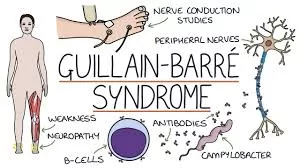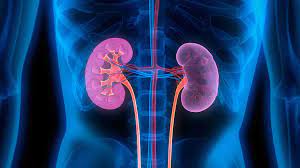Cold water swimming, paddleboarding, and surfing are beloved activities in the UK, with millions participating in outdoor watersports each year. However, a lesser-known risk lurks beneath the waves—an ear condition known as external auditory canal exostosis, or “surfer’s ear.”
What Is Surfer’s Ear?
Surfer’s ear affects the auditory canal, the passage that directs sound waves toward the inner ear. Prolonged exposure to cold water and high winds can cause the bone lining the canal to develop abnormal growths. These growths gradually narrow the canal, leading to hearing loss and other complications.
While ear canals should ideally remain clear and open, conditions like wax buildup or foreign objects can sometimes obstruct them. However, surfer’s ear presents a unique issue as the bone itself grows, restricting the ear canal’s space.
Symptoms and Complications
Hearing loss is a primary symptom of surfer’s ear, but the condition can also lead to other issues. A narrowed ear canal can trap water and wax, increasing the risk of infections and further impairing hearing. Individuals with the condition may find their ears more prone to blockages after exposure to water, whether from swimming, showering, or even rainy weather.
Causes of Surfer’s Ear
Surfer’s ear is believed to result from repeated exposure to cold water and wind. This exposure may stimulate osteoblasts—bone-forming cells—causing new bone to grow as a protective response. Though similar conditions have been observed in other animals, surfer’s ear appears to be a uniquely human issue due to the structure of the ear canal.
Surfer’s Ear vs. Swimmer’s Ear
While often confused, surfer’s ear is distinct from swimmer’s ear (otitis externa). Swimmer’s ear is an infection caused by trapped moisture creating an environment for bacterial growth. However, a narrowed canal due to surfer’s ear can increase susceptibility to swimmer’s ear.
Who Is at Risk?
Though estimates suggest 3-6% of the general population may have some form of exostosis, the condition is particularly prevalent among surfers. A systematic review found that around 68% of surfers exhibit signs of the condition. Other water sport enthusiasts, such as windsurfers, kayakers, and wild swimmers, are also at risk.
Geographical and environmental factors play a role, too. People living near the coast, frequently exposed to cold winds, may have a higher likelihood of developing surfer’s ear—even if they don’t actively participate in water sports. Studies indicate that men are more frequently affected, but this may reflect greater male participation in these sports.
Prevention and Treatment
Preventing surfer’s ear involves reducing exposure to cold water and wind. Wearing earplugs, hooded wetsuits, or neoprene headbands can help protect the ear canal from extreme conditions.
The condition typically develops over years of exposure, meaning those who frequently engage in water sports are at the highest risk. Studies suggest that more than a decade of regular surfing is associated with increased severity.
For those who experience significant hearing loss or recurrent infections, surgery may be necessary. The procedure, known as canalplasty, involves removing excess bone to restore the canal’s normal width. However, recovery requires avoiding water exposure for two to three months post-surgery.
Awareness on the Rise
Reports suggest that cases of surfer’s ear may be increasing, but this could be due to better diagnosis and awareness. As more people take up outdoor water sports, understanding the risks and taking preventive measures is essential.
Ultimately, avoiding exposure to cold water is the only surefire way to prevent surfer’s ear. However, for those passionate about the waves, ear protection can help minimize the risk while allowing them to continue enjoying their favorite activities.
Disclaimer
This article is for informational purposes only and does not constitute medical advice. If you are experiencing symptoms of hearing loss or recurrent ear infections, consult a healthcare professional for an accurate diagnosis and treatment options.












